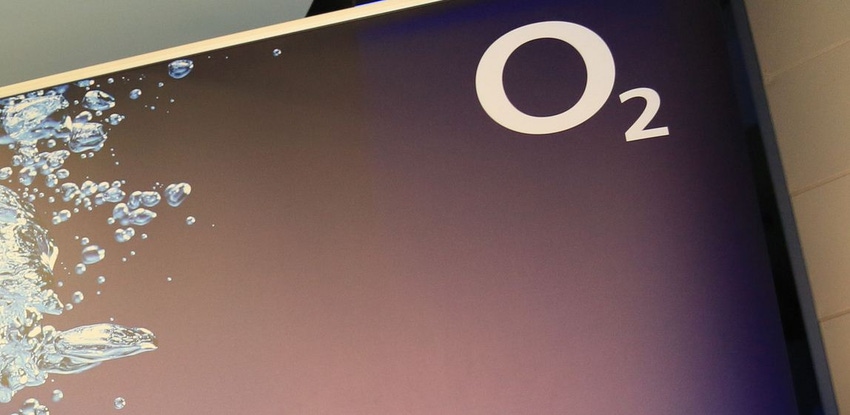O2 has tested out Vilicom's OpenRAN technology, in an effort to make it cheaper to offer indoor 4G and 5G coverage for businesses.
December 9, 2020

O2 has tested out Vilicom’s OpenRAN technology, in an effort to make it cheaper to offer indoor 4G and 5G coverage for businesses.
Vilicom, in partnership with cloud networking provider Mavenir, offers a virtualised, OpenRAN-based connectivity-as-a-service (CaaS) platform. Announced in February, it adheres to the joint operators technical specifications (JOTS) for neutral host in-building (NHIB) infrastructure, which has been adopted by all four UK MNOs.
O2 claimed it is the first operator to try out this platform, and said it has gone so well it plans to connect the pilot rollout to its live network next year.
“O-RAN integrations such as this are an integral part of our commitment to deliver the best network experience for our customers, where they need it most,” said Brendan O’Reilly, CTO of O2 UK, in a statement.
O2 said the virtualised platform reduces the cost and space requirements of indoor cellular networking, which it argues will become critically important to UK PLC in the wake of coronavirus.
“Mobile connectivity is playing a vital role in rebuilding Britain and O-RAN technology presents an opportunity to provide better mobile coverage across the UK. We continue to invest in delivering the best possible network and are excited to be working with Vilicom,” O’Reilly said.
The pilot with Vilicom comprises part of O2 UK’s broader OpenRAN project, which kicked off in January. As well as Mavenir and Vilicom, the operator has also partnered with small cell data analytics specialist Dense Air, and small cell network operator WaveMobile.
Another European incumbent also shared its ambitions for OpenRAN this week.
As part of a broader network strategy update, Deutsche Telekom on Tuesday shared plans to deploy an OpenRAN network in Neurbrandenburg next year, which will serve as a live testbed for the technology. The German incumbent named Nokia among its OpenRAN network partners.
“OpenRAN has gained considerable momentum. The technical standards and interfaces aim at an open and fully interoperable RAN – for even better customer experiences in our networks. We are pleased to have strong partners,” said Deutsche Telekom CTO Claudia Nemat, in a statement. “I am particularly pleased that with Nokia we have also been able to win a strong European partner for our cooperation in O-RAN.”
Meanwhile, at a virtual Light Reading event this week, the industry called for greater coordination and solidarity within the OpenRAN ecosystem, which is somewhat ironic given one of the principle objectives of OpenRAN is to diversify the network supply chain.
According to Omdia, OpenRAN technology is on course to account for 9.4 percent of the global 4G and 5G market by 2024; by then, the OpenRAN market itself is expected to be worth around $3.2 billion. That might not be a sufficiently eye-watering valuation for some, but the hype around OpenRAN suggests it’s an opportunity worth capitalising on.
About the Author(s)
You May Also Like








.png?width=300&auto=webp&quality=80&disable=upscale)


_1.jpg?width=300&auto=webp&quality=80&disable=upscale)


.png?width=800&auto=webp&quality=80&disable=upscale)